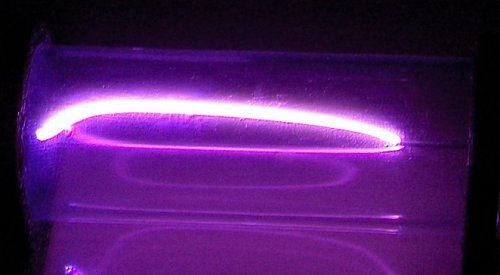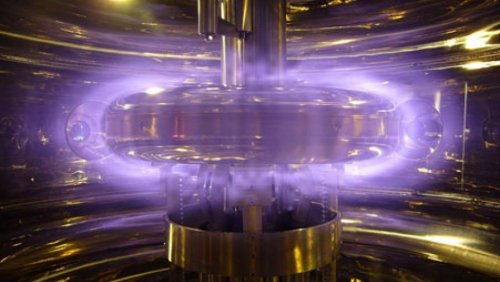Plasma — types, properties and parameters
Plasma is the fourth state of aggregation of matter — a highly ionized gas in which electrons, as well as positively and negatively charged ions, almost completely balance each other's electrical charges. As a result, if we try to calculate the total charge in any small volume of plasma, it will be zero. This characteristic distinguishes plasma from electron and ion beams. This property of plasma is called quasi-neutrality.
Accordingly (based on the definition), the plasma is characterized, depending on the ratio of the number of charged particles in its volume to the total number of its constituent particles, by the degree of ionization:
-
weakly ionized plasma (part of a percentage of the volume of ionized particles);
-
moderately ionized plasma (a few percent of the particle volume is ionized);
-
highly ionized (almost 100% of the particles in the gas volume are ionized).
Types of plasmas — high temperature and gas discharge
Plasma can be high temperature and gas discharge. The first occurs only under conditions of high temperature, the second — during dilution into a gas.As you know, a substance can be in one of four states of matter: the first is solid, the second is liquid, and the third is gaseous. And since a highly heated gas passes into the next state — a state of plasma, therefore it is plasma that is considered the fourth state of aggregation of matter.
The moving gas particles in the plasma volume have electric chargetherefore, all the conditions are there for the plasma to conduct an electric current. Under normal conditions, the stationary plasma shields a constant external electric field, since in this case a spatial separation of electric charges occurs inside its volume. But since the charged particles of the plasma are under conditions of a certain, different from absolute zero, temperature, there is a minimum distance when the quasi-neutrality is violated on a scale smaller than it.
In an accelerating electric field, the charged particles of the gas-discharge plasma have different average kinetic energies. It turns out that the temperature of the electron gas differs from the temperature of the ion gas inside the plasma; therefore, the gas-discharge plasma is not in equilibrium and is called a non-equilibrium or non-isothermal plasma.
As the number of charged particles of a gas-discharge plasma decreases in the course of their recombination, new charged particles are immediately formed in the process of impact ionization by electrons accelerated by an electric field. But as soon as the applied electric field is turned off, the gas-discharge plasma immediately disappears.
A high temperature plasma is an isothermal or equilibrium plasma. In such a plasma, the reduction in the number of charged particles due to their recombination is supplemented due to thermal ionization.This happens at a certain temperature. The average kinetic energy of the particles that make up the plasma are equal here. The stars and the Sun are made of high-temperature plasma (at temperatures tens of millions of degrees).
For a plasma to begin to exist, a certain minimum density of charged particles in its volume is required. Plasma physics determines this number from the inequality L >> D. The linear size L of the charged particles is much larger than the Debye screening radius D, which is the distance at which the Coulomb field screening of each plasma charge takes place.
Properties of plasma
Speaking about the defining properties of plasma, it should be mentioned:
-
high degree of gas ionization (maximum — full ionization);
-
zero total plasma charge;
-
high electrical conductivity;
-
shine;
-
strong interaction with electric and magnetic fields;
-
high-frequency (about 100 MHz) oscillations of electrons inside the plasma, leading to vibrations of the entire volume of the plasma;
-
collective interaction of a huge number of charged particles (and not in pairs, as in an ordinary gas).
Knowledge of the characteristics of the physical properties of plasma allows scientists not only to obtain information about interstellar space (just filled mainly with plasma), but also gives reason to rely on the prospects of controlled thermonuclear fusion installations (based on high-temperature plasma of deuterium and tritium).
Low-temperature plasma (below 100,000 K) is already used today in rocket engines, gas lasers, thermionic converters, and MHD generators that convert thermal energy into electrical energy.In plasmatrons, low-temperature plasma is obtained for welding metals and for the chemical industry, where inert gas halides cannot be obtained by other methods.


